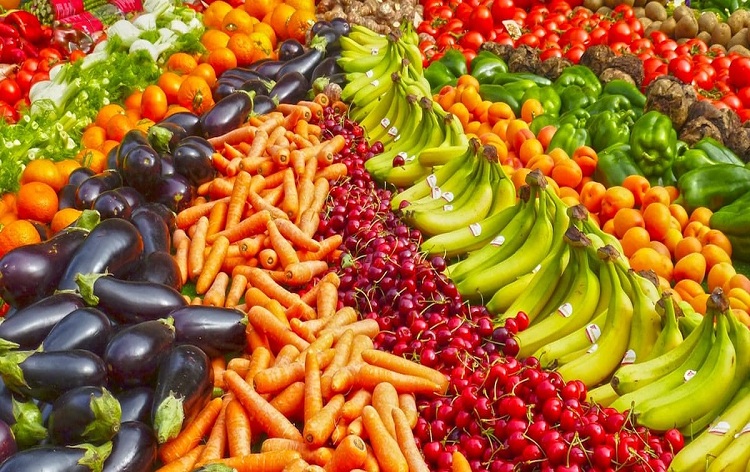“What India Eats” report by Indian Council Medical Research: Key Facts
The Indian Council of Medical Research (ICMR) and National Institute of Nutrition recently released a report, “What India Eats”. According to the report, the urban regions in the country consumed more fat than those in rural areas.
Key Findings of the Report
- The urban centres of India consumed 51.6 grams of fat per day
- The rural centres consume 36 grams of fat per day
Obesity
Obesity was less prevalent in rural areas as compared to urban areas. The report mentions three types namely abdominal obesity, obesity and being overweight.
- Overall obesity was prevalent in 12.5% of population in urban areas and 4.9% in rural areas
- Abdominal obesity was prevalent in 61.4% population. Around 53.6% of urban had abdominal obesity and 18.8% of rural population had abdominal obesity
- Around 31.4% of urban were overweight and 16.6% of the rural population were overweight
Overweight
The National Institute of Nutrition recently increased the ideal weight of men and women. The average body weight of Indians has been increased by 5 kg. Thus, the current ideal weight of Indian men is 65 kg and of Indian women is 55 kg. Earlier, the ideal weight of Indian men was 60 kg and that of Indian women was 50 kg.
Classification of fat
According to GoI recommendations, the source food should not comprise more than half of total fat or oil intake. The report classified fat into two groups namely
- Visible fat: It consists of oil and fat in fried food and fat derived from meat and poultry. The visible fats accounted for 29.5 grams in urban consumption and 16.1 grams in rural consumption. Around 84% of rural population received their energy per day requirement from visible fats. On the other hand, less than 20% of urban population received their energy from visible fat. Northern India had the highest intake of visible fat with 45.9 grams per day
- Invisible fat: This includes fat from rice, nuts, pulses and oilseeds
Month: Current Affairs - October, 2020


